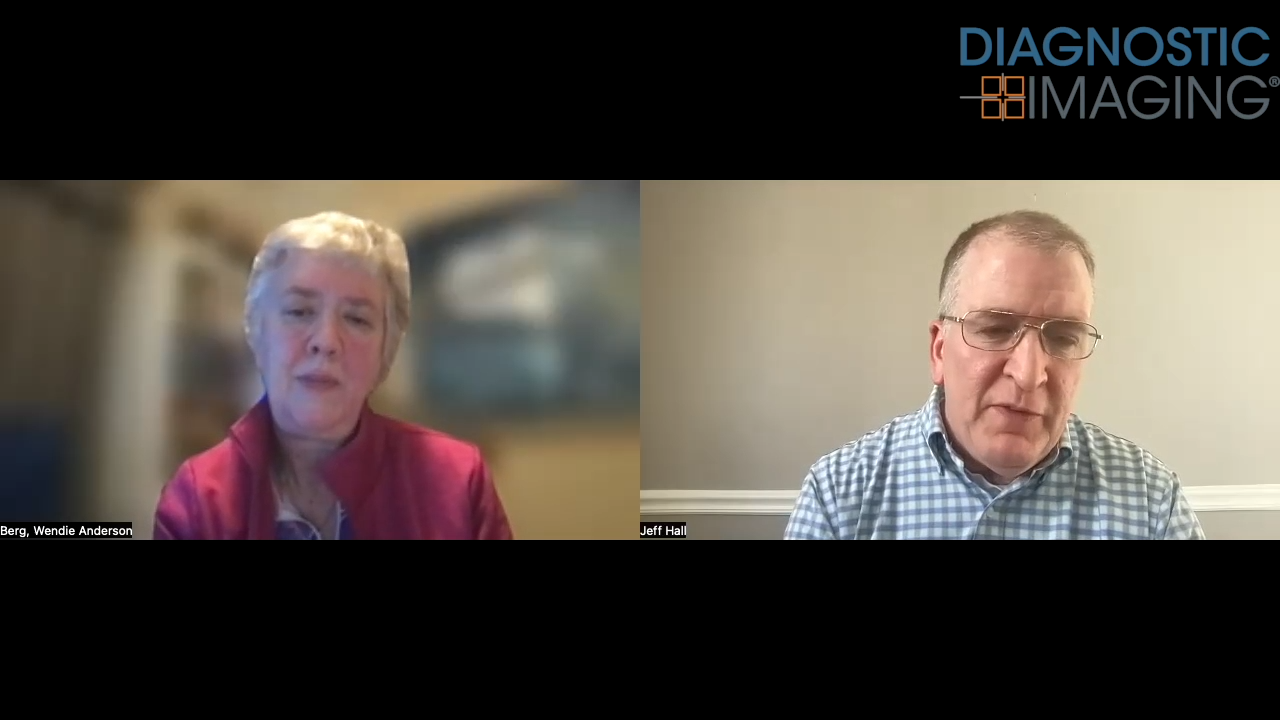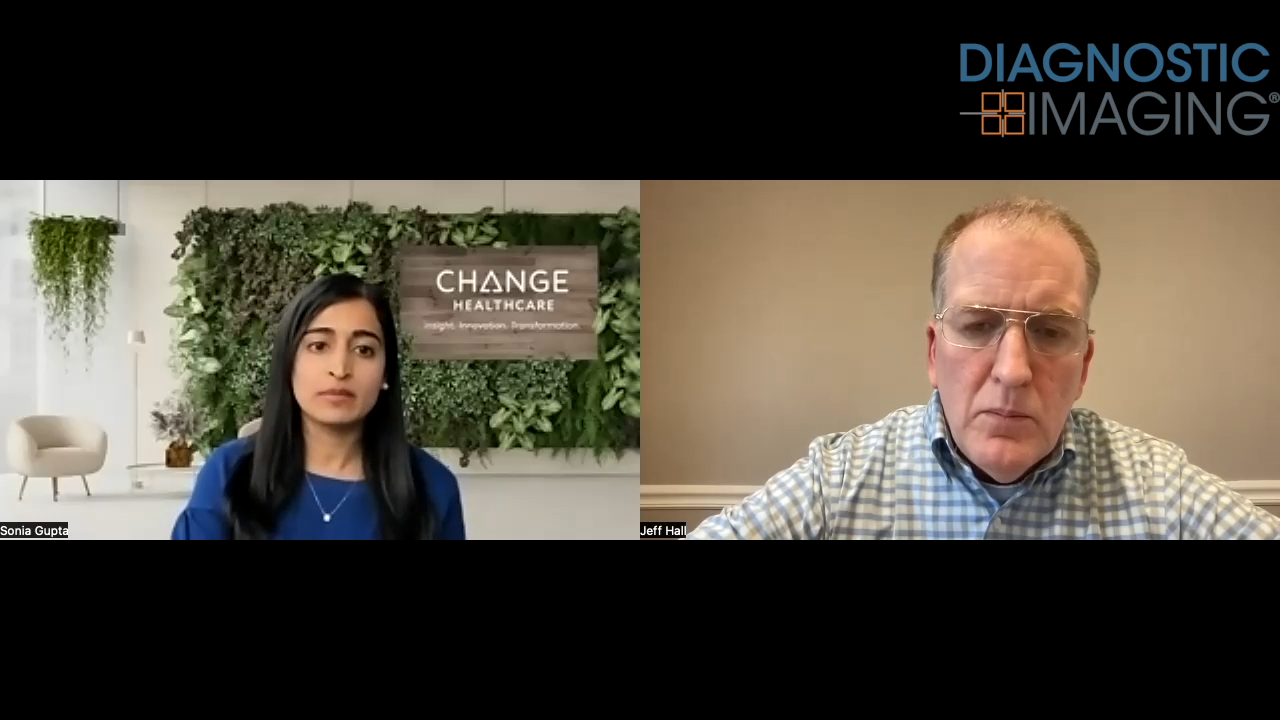How the Election Will Impact Radiologists
From taxes to health insurance to ACOs, the election next week is likely to have a major impact on radiology. Here’s what you need to know.
The rhetoric is off the charts: This is an election that will change everything for radiologists, for the medical profession, for the future of health care. According to this school of thought, the man who takes the White House will have a hand in determining reimbursement, setting health policy, defining quality and even allowing the independent practice of radiology to survive.
But the truth may be more nuanced - health care reform isn’t an all-or-nothing prospect, and medical professionals of both parties admit that the forces that prompted current health care policies aren’t going away.
The issues are stark enough that the Journal of the American College of Radiology devoted an entire issue to health care reform. Writing about the election in his article “A Radiologist’s Guide to the Federal Election of 2012: What You Should Know Before You Go Into the Booth, ” Frank Lexa, MD, identified taxation, accountable care organizations and capitation, and justification of procedures as just some of the issues that are particularly pressing this election season.
“The federal election of 2012 is likely to have substantial impact on the practice of radiology for several decades to come,” he wrote.
Lexa couldn’t be reached for comment about the election, but Diagnostic Imaging caught up with two people heavily involved with these issues: Ruth Carlos, MD, professor of radiology at the University of Michigan and a guest editor of the special health policy issue of JACR; and Geraldine McGinty, MD, chair of the ACR Commission on Economics.
Let’s take a look at a few areas close to radiologists’ lives that are likely to be affected by the election next week.
Taxes
The potential change to the tax code each candidate may push could hit you in different ways - personally, professionally, and as a specialty.
“I am not a tax scholar,” McGinty said with a laugh. “[But] given the published average salary levels of radiologists, they would tend to fall into an area where they may see tax increases under President Obama but potentially not under Governor Romney,” she said.
And taxes may impact the equipment you use today and tomorrow. A medical device tax built into the Affordable Care Act may make clinicians think twice about buying new products, or cause them to cut back on devices they’re already considering using.
“One of the things to consider would be the pace of innovation,” Carlos said. “If there are fewer units sold, there is potentially less money for research and development.”
Health Insurance
Health insurance - who provides it, who pays for it and who can qualify for it - is a huge bone of contention between the candidates. Obama stands behind his Affordable Care Act, while Romney has vowed to repeal parts of it. And depending on whose vision prevails, radiologists will be impacted.
The current business model tends to focus on volume, and that volume is supported by insurance plans that cover everything, no questions asked. Obama’s health care reform will change that.
“Some of the provisions that are due to roll in with the Accountable Care Act make so-called ‘Cadillac plans’ less financially advantageous or appealing,” McGinty said, referring to a tax on high-cost insurance policies that demand few out-of-pocket payments from the policy holder. If these plans go away, radiology centers may suffer as patients consider the cost of every study.
But health care reform also opens up insurance coverage to a wider swatch of the population, and when more people are covered, more people will seek care.
“The ability to buy affordable health insurance without being part of a large employer will certainly have some impact on behavior,” McGinty said. “People have perhaps hesitated or delayed getting care when their financial circumstances are uncertain. That’s not good for our patients, and it certainly impacts our members also.”
These seem like big distinctions, but Carlos warns they may not be set in stone. “The changes that the health reform law [proponents] want to enact are changes that may need to happen anyway, either under the health reform law or under some policy decision.”
Accountable Care Organizations
A key part of Obama’s health care reform is the creation of accountable care organizations, entities that are on the front lines of defining what “value” means when it comes to medical care. And that has some radiologists running scared.
“[With] accountable care organizations, you’ll have explicit tying of reimbursements or payments to efficient service provision,” Carlos said. “This hits consultant services disproportionately - instead of a revenue center, they may potentially become a cost center.”
But McGinty says these organizations can be an opportunity for radiologists - if they get involved.
“Imaging has contributed to huge advances in medical care and is often a game changer not just in terms of improving diagnosis but actually in terms of reducing costs. The CT scan you have in the emergency department that says you don’t have appendicitis and sends you home is actually saving money."
All Politics Are Local
Both Carlos and McGinty say this election may have less of an impact on radiology than will specific local actions - like weighing in at local ACO so they have a say in how the future of radiology is defined.
“The real issue is how much will radiologists have to be active participants in guiding the implementation of some of these changes at the local level, and making sure that radiologists sit at the table when payments relative to quality are discussed,” Carlos said.
“Ultimately we are participants in patient care whether we take responsibility for that aspect or not. We’re not just image readers - we’re physicians."
Could AI-Powered Abbreviated MRI Reinvent Detection for Structural Abnormalities of the Knee?
April 24th 2025Employing deep learning image reconstruction, parallel imaging and multi-slice acceleration in a sub-five-minute 3T knee MRI, researchers noted 100 percent sensitivity and 99 percent specificity for anterior cruciate ligament (ACL) tears.
The Reading Room: Artificial Intelligence: What RSNA 2020 Offered, and What 2021 Could Bring
December 5th 2020Nina Kottler, M.D., chief medical officer of AI at Radiology Partners, discusses, during RSNA 2020, what new developments the annual meeting provided about these technologies, sessions to access, and what to expect in the coming year.
New Collaboration Offers Promise of Automating Prior Authorizations in Radiology with AI
March 26th 2025In addition to a variety of tools to promote radiology workflow efficiencies, the integration of the Gravity AI tools into the PowerServer RIS platform may reduce time-consuming prior authorizations to minutes for completion.
Strategies to Reduce Disparities in Interventional Radiology Care
March 19th 2025In order to help address the geographic, racial, and socioeconomic barriers that limit patient access to interventional radiology (IR) care, these authors recommend a variety of measures ranging from increased patient and physician awareness of IR to mobile IR clinics and improved understanding of social determinants of health.










